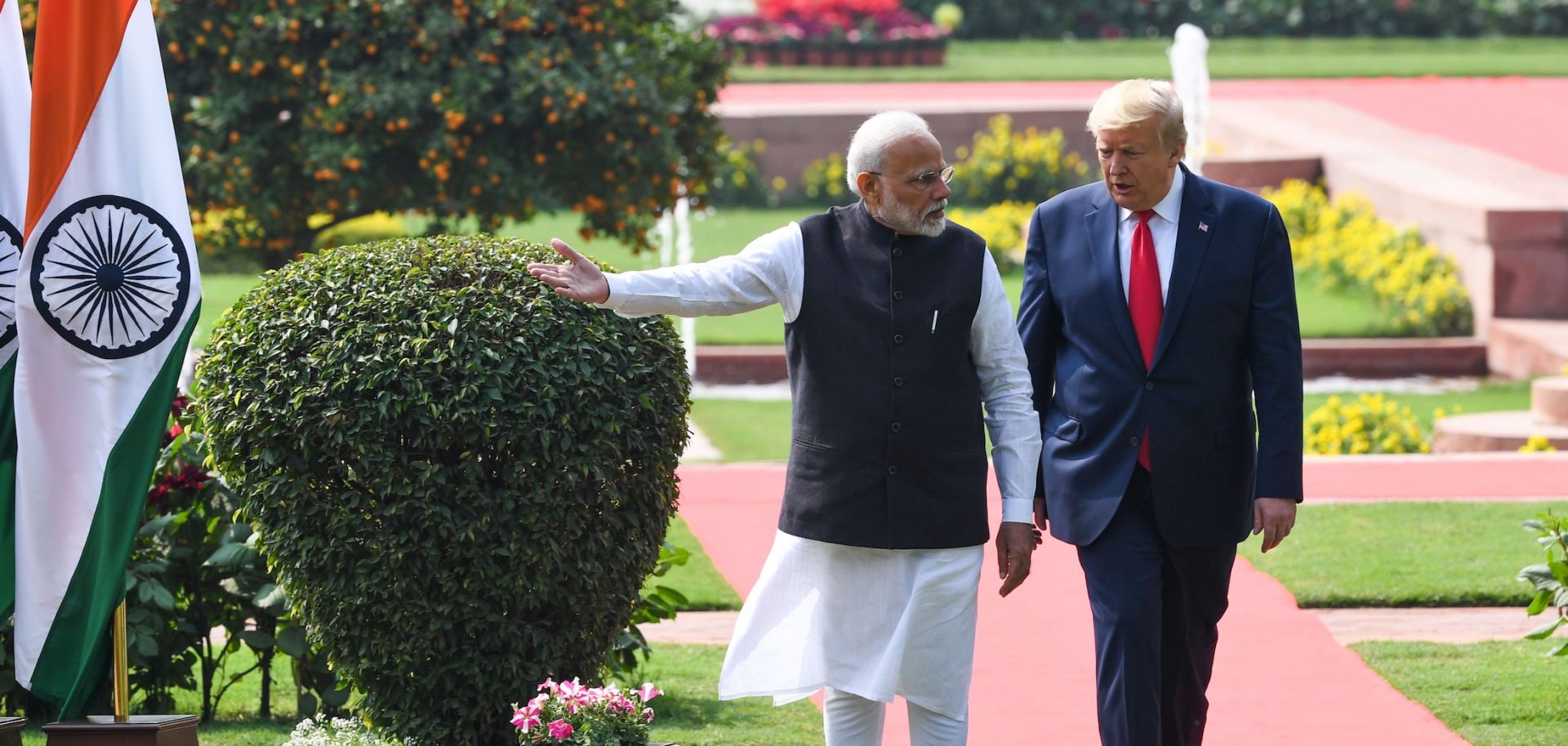The South Asia strategy of U.S. President-elect Donald Trump will likely center around trade, countering China and strengthening regional security through partnerships with India, Bangladesh and Sri Lanka; U.S.-Pakistan tensions will also likely rise due to Islamabad's growing ties with Beijing and potentially its support for anti-India militants. Trump's return to the White House in 2025 will likely result in some degree of continuity in the United States' South Asia policy, as the "free and open Indo-Pacific" framework, introduced in 2017 during the first Trump administration, enjoys bipartisan support and has become a core driver of U.S. policy in Asia more broadly. As a result, the incoming Trump administration will continue to focus on countering China's influence and strengthening regional security partnerships. However, Trump will likely change some aspects of the U.S. approach to South Asia, especially on a bilateral level. Unlike its predecessor, the Trump administration will likely place...

